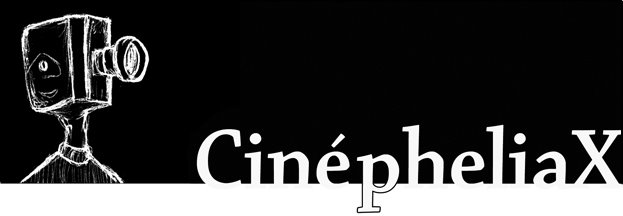Thirteen Days. Directed by Roger Donaldson. Produced by Marc Abraham. Written by David Self. Release Date: January 12, 2001. Country of Production:
Thirteen Days follows the progress of the Cuban Missile Crisis and the actions taken in the White House. It begins with President Kennedy first receiving the U-2 surveillance photos of the Soviet missiles, and ends with the agreement with the Soviets to withdraw.
Major themes in the film include brothers/brotherhood, man love (President Kennedy and Kenny O’Donnell), community (nationality), integrity/honor, war and the effects of war, diplomacy, family values, and liberalism.
The film opens with shots of atomic bombs. Many presidential films open with pictures of “presidential objects” (like the title sequence of The American President). In any film, the title sequence, if it contains visuals other than text, is usually used to introduce the subject matter. The title sequence, therefore, establishes that the film is not a “presidential” movie in the traditional sense; rather it focuses on the threat that the Cuban Missile Crisis presented.
The next scene is Kenny O’Donnell at the breakfast table with his family. If one is following the traditional reading of film/literature of the first character/problems introduced are the most important, then this scene would represent the second utmost concern of the film—the American families. In many films about presidencies and presidents, it is the president’s own family that is used to represent the American family that must be preserved or defended (The American President and The West Wing). In Thirteen Days, I believe the president’s family is not featured or discussed heavily because the film does not focus on the king’s two bodies. Instead, it focuses on the role of the president during a historical event. Director Roger Donaldson uses the opening shots of the bomb to show what could have happened, and Kenny O’Donnell’s family to show what could have been lost.
The film is very much geared towards the generation of Americans who were not alive during the Kennedy presidency, but still know to idolize the president. They are familiar with the icon of the president, even though his actions and his administration may have been forgotten.
The president in the film is not a fictional presidential figure, but President Kennedy. The film was made in 2000, which means that many of the people viewing the film were not alive during the events that the movie tells about. Many viewers were not old enough to have been alive during Kennedy’s presidency, yet the iconic images and aspects of Kennedy are still well known in present-day society.
Rather than introduce the president by name, these icons are used to present him to the audience in the beginning. The images are also used throughout the film to reestablish the unity between Bruce Greenwood, the actor, and the icon John F. Kennedy as well as John F. Kennedy as President. When Kenny O’Donnell is walking into the president’s office, he first runs into Jackie Kennedy, who is in full fashion icon regalia. Later in the film, Kennedy is shown riding and waving in the back of a convertible. At the end of the film, as Robert Kennedy, Kenny O’Donnell, and President Kennedy are walking out of the frame in the final shot; the iconic President Kennedy profile is shown in shadow. The screen fades to black, and a speech made by President Kennedy is played at the end.By using the final iconic image to close the film, Roger Donaldson urges us to understand that during the length of the film, the icon has been explained to us. We now know the man behind the shadow, and are now to understand why he has been idolized. Most importantly, we are to understand that Kennedy deserved his status of an icon.
The stylistic element that is most notable is that of the shift that the film makes from black and white to color. In the beginning of the film, I could not tell what the black and white versus the color picture represented. By the end, I came up with a few ideas. The black and white might have been used to remind the audience of the time period, as newsreels might have appeared at the time that Kennedy was president (though color was becoming pretty widely use). As for a symbolic reading, the black and white might have stood for innocence. My argument for this lies in the fact that several of the black and white scenes were shot when the president was “in the dark” about things. The film also returns to black and white for the last shot—when the crisis is over and the president can return to being peaceful without having to take extreme measures to be a peace-keeper.
I don’t know if I’m making this up, but I did feel that there was a buddy-film element to the situation. If Roger Donaldson’s intention was to make us forget the president as a family man and focus on his administrative accomplishments, then it made sense never to include Jackie Kennedy in the film. As it is, there are no women in most of the scenes, and everyone just seems happy as can be. There also seem to be some very slight homosexual undertones (i.e. several meaningful looks, a lot of man love). So, anything with homosexual undertones between important historical figures makes a good movie for me.

No comments:
Post a Comment